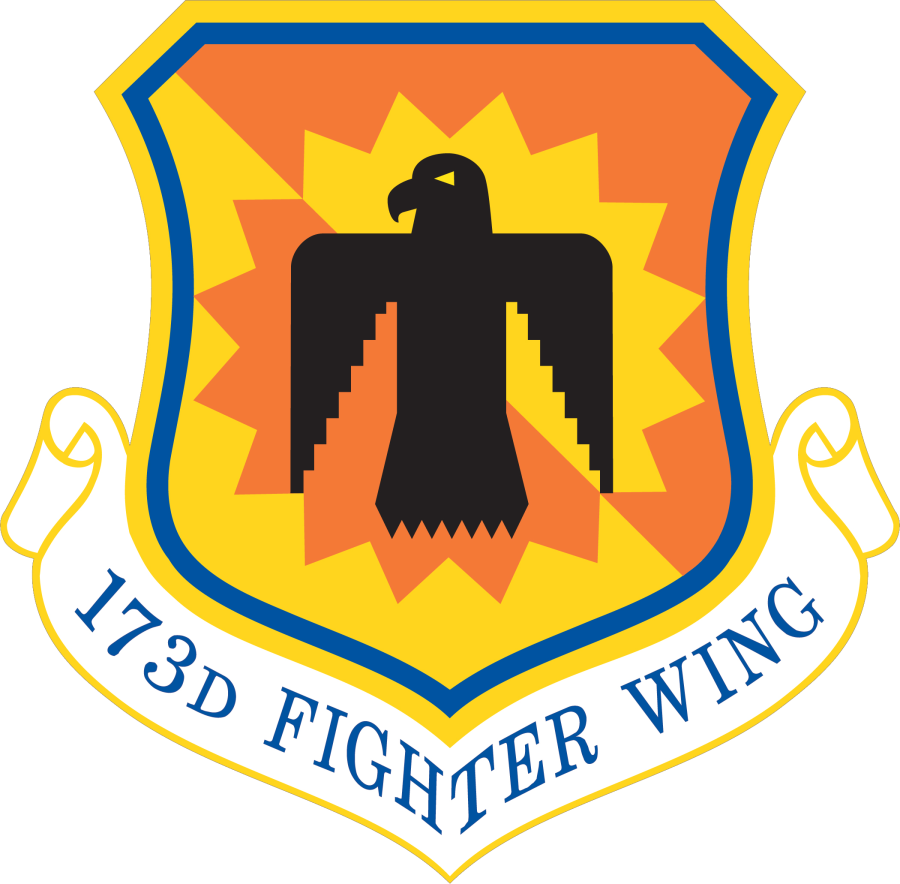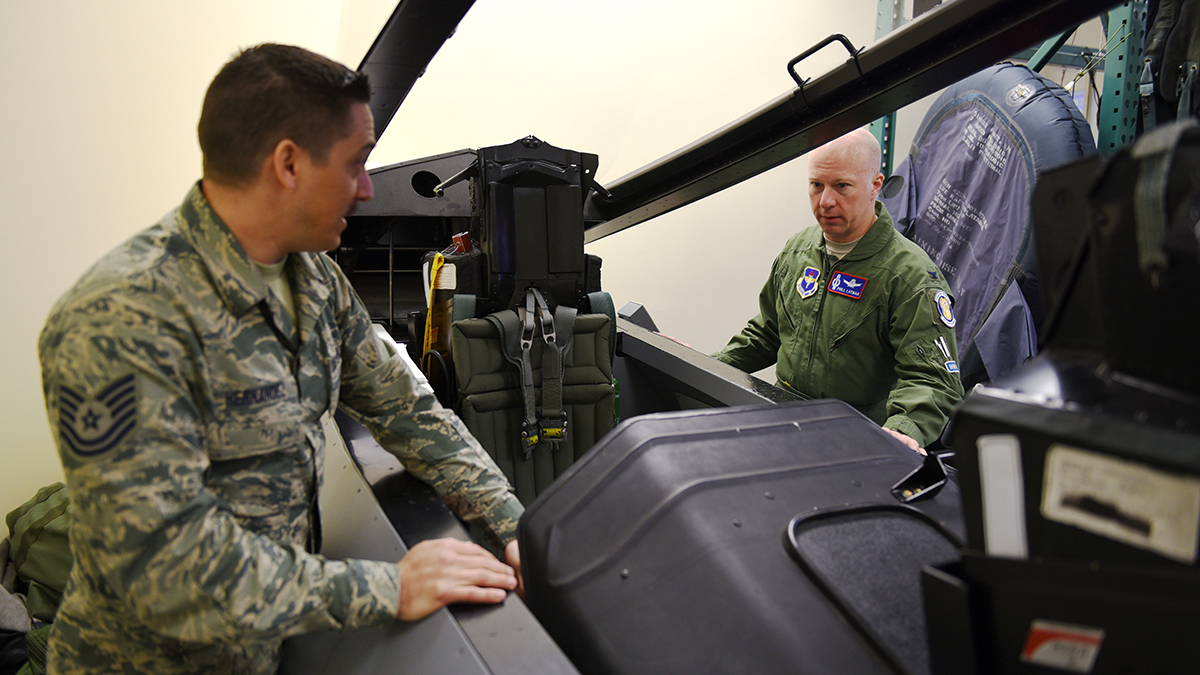Unit Effectiveness Inspection: Team Kingsley strives for excellence
/U.S. Air Force Lt. Col. Ryan Bocchi, 173rd Fighter Wing Inspector General, briefs wing leadership on the Commander’s Inspection Management Board as members of the Air Force Inspection Agency observe during the 173rd FW Unit Effectiveness Inspection capstone event April 5, 2019 at Kingsley Field in Klamath Falls, Oregon. The capstone inspection is culmination of on ongoing virtual inspection on the effectiveness of the unit through four major graded areas—managing resources, leading people, improving the unit, and executing the mission. (U.S. Air National Guard photo by Senior Master Sgt. Jennifer Shirar)
Kingsley Field, Ore. - The 173rd Fighter Wing completed a Unit Effectiveness Inspection Capstone, the face-to-face portion of the Air Force Inspection System’s evaluation of the wing’s effectiveness in mission execution, April 4-7, 2019.
A team of Air Education and Training Command inspectors made their way from Randolph Air Force Base in San Antonio to the small Southern Oregon base, and there they put the finishing touches on an inspection process that happens continuously in the virtual realm and every four years cumulates in an in-person evaluation.
The 173rd Fighter Wing Commander, Col. Jeff Smith, explains why this process is critical to the success of Kingsley Field.
“First, it is an opportunity for us to showcase our strengths while up-channeling challenges where we could use some help,” he said. “Second, external observations and critiques are vital to the health of all high-performing organizations. Just like individuals, organizations can grow “blind” to certain shortcomings over time, and an external look often highlights those shortcomings so we can eliminate or improve them.”
This process provides a full-spectrum analysis of the wing’s performance as a whole and seeks to avoid a single snap shot in time, as previous versions of the inspection such as the Operational Readiness and Unit Compliance Inspections did.
U.S. Air Force Col. Phillip Layman, Air Force Inspection Agency, gives a “thumbs up” as he prepares for a ride-along in an F-15C with Col. Geoff Jenson, 173d Operations Group Commander, during the 173rd Fighter Wing Unit Effectiveness Inspection capstone event April 6, 2019 at Kingsley Field in Klamath Falls, Oregon. The capstone inspection is culmination of on ongoing virtual inspection on the effectiveness of the unit through four major graded areas—managing resources, leading people, improving the unit, and executing the mission. (U.S. Air National Guard photo by Airman 1st Class Adam Smith)
“AETC IG team was here to look at the four major graded areas – this is focal point of the inspection process itself, and those are managing resources, leading people, improving the unit, and executing the mission,” said Lt. Col. Ryan Bocchi, 173rd FW Inspector General. “On the other side of it is to get the overall culture of the wing; that is a highlight in AETC.”
Over the course of four drill days, what Kingsley Airmen call the “Super Drill”, four major graded areas were evaluated as well as sub-programs beneath them.
Smith expresses what he wanted inspectors to take away from their time at the wing saying, “I hope the inspectors recognize the unique culture of excellence we have. I have never been a part of a wing that cares this much—about our Airmen, about our community, and about our impact on our primary mission of generating pilots for America’s Air Superiority.”
The AETC Inspection Team will now take the data they pulled, as well as the information gleaned during their time at Kingsley Field and provide a report to the wing on its overall effectiveness, focusing on their successes and areas that improvements can be made.
“I think the biggest thing they (AETC IG) were impressed with was the morale,” said Bocchi. “People want to come to work here, and it showed when they talked to the Airmen.”






